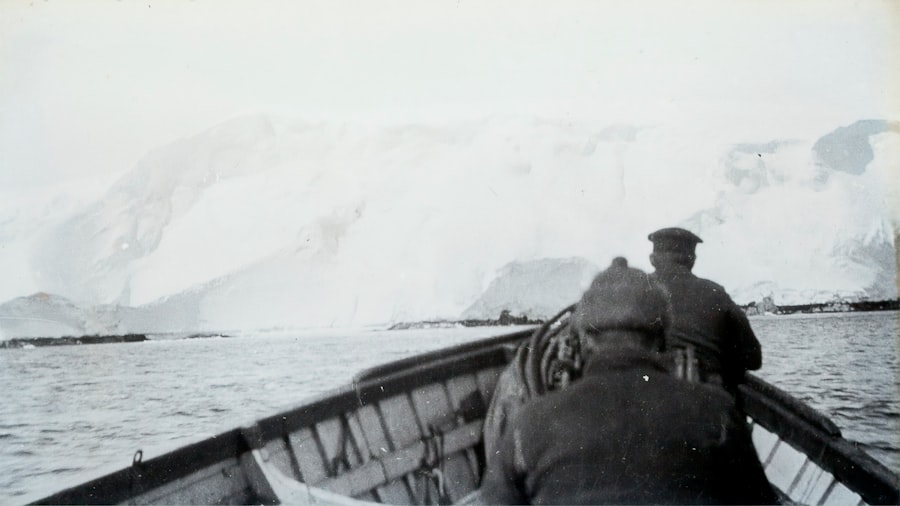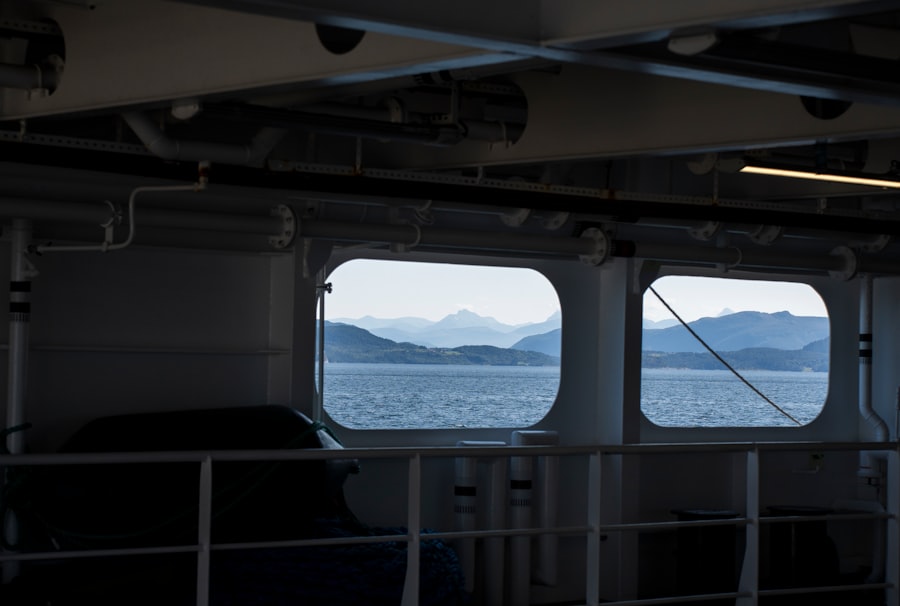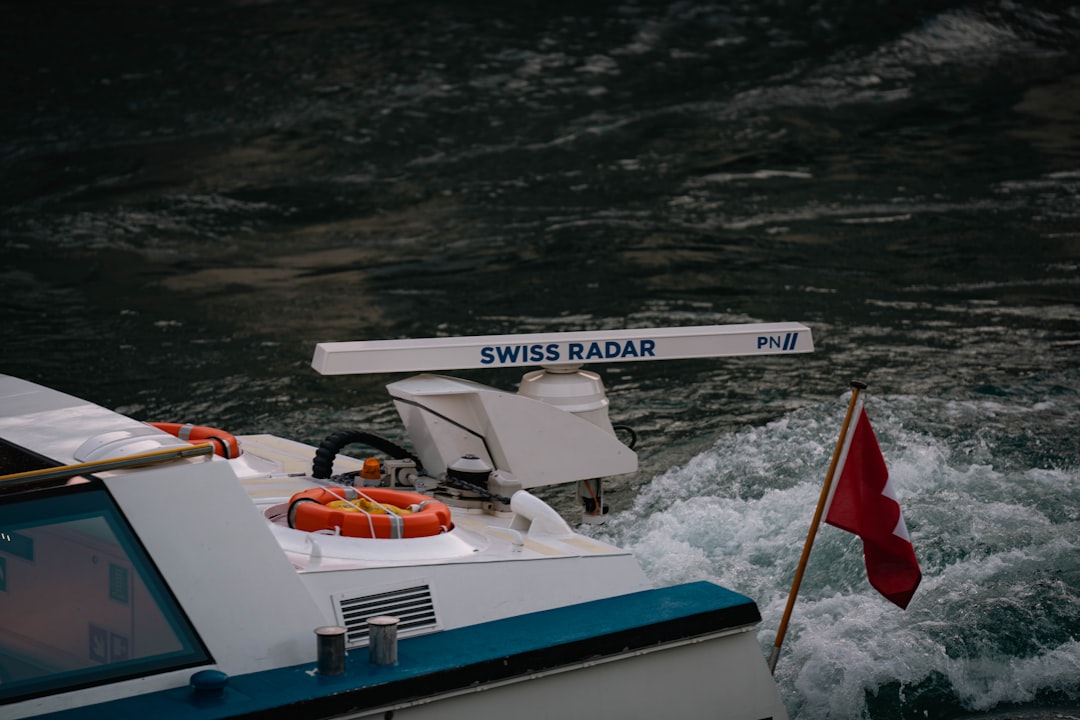The Drake Passage, a body of water that separates South America from Antarctica, is renowned for its tumultuous seas and breathtaking vistas. Spanning approximately 500 miles, this passage is not only a critical route for maritime navigation but also a gateway to one of the most remote and pristine regions on Earth. Adventurers and researchers alike are drawn to the Drake Passage, eager to experience its unique blend of natural beauty and unpredictable weather.
The crossing is often described as a rite of passage for those seeking to explore the wonders of Antarctica, making it a significant milestone in many travelers’ journeys. As one of the most notorious maritime routes, the Drake Passage has earned a reputation for its challenging conditions. The convergence of the Atlantic and Pacific Oceans creates a dynamic environment where waves can reach staggering heights, and storms can arise with little warning.
Despite these challenges, the allure of the passage remains strong, attracting thousands of tourists each year who are eager to witness the stunning landscapes and diverse wildlife that inhabit this region. For many, crossing the Drake Passage is not just a journey; it is an adventure that tests their limits and offers unforgettable experiences.
Key Takeaways
- The Drake Passage is a treacherous body of water that connects the Atlantic and Pacific Oceans, known for its unpredictable and rough conditions.
- The history of the Drake Passage is filled with tales of exploration, shipwrecks, and scientific discovery, making it a fascinating area to study.
- The wildlife of the Drake Passage is diverse and abundant, with opportunities to see penguins, whales, and seabirds in their natural habitat.
- Crossing the Drake Passage presents numerous challenges, including rough seas, strong winds, and potential seasickness for travelers.
- A 500-mile adventure through the Drake Passage offers a once-in-a-lifetime experience, with opportunities for wildlife sightings, stunning landscapes, and unforgettable memories.
The History of the Drake Passage
The history of the Drake Passage is steeped in exploration and discovery. Named after Sir Francis Drake, the English sea captain who navigated these waters in the late 16th century, the passage has long been a focal point for maritime endeavors. Drake’s voyage was significant not only for its exploration but also for its role in establishing trade routes and expanding European knowledge of the Southern Hemisphere.
His journey through these treacherous waters marked a pivotal moment in maritime history, paving the way for future explorers to venture into the unknown. In the centuries that followed, the Drake Passage became a critical route for whalers, sealers, and later, scientific expeditions. The passage served as a gateway to Antarctica, where explorers sought to uncover its mysteries and document its unique ecosystems.
Notable figures such as Ernest Shackleton and Robert Falcon Scott traversed these waters during their legendary expeditions, facing immense challenges in their quest for discovery. The legacy of these early explorers continues to resonate today, as their stories inspire modern adventurers to embark on their own journeys across the Drake Passage.
The Wildlife of the Drake Passage

The Drake Passage is not only a vital maritime route but also a rich habitat teeming with diverse wildlife. The nutrient-rich waters support an array of marine life, making it a prime location for observing various species. Among the most iconic inhabitants are the majestic whales that migrate through these waters, including humpback, minke, and orca whales.
Their presence captivates travelers, offering breathtaking encounters that leave lasting impressions. In addition to whales, the passage is home to numerous seabirds that soar above the waves. Albatrosses, petrels, and skuas are commonly spotted gliding gracefully on the wind currents.
These birds are not only remarkable for their size and beauty but also for their incredible adaptations to life at sea. The sight of these avian wonders against the backdrop of the rugged landscape adds to the allure of the Drake Passage, creating a vibrant tapestry of life that enchants all who venture through.
The Challenges of Crossing the Drake Passage
| Challenges | Drake Passage |
|---|---|
| Distance | 800 kilometers |
| Weather | Unpredictable and severe |
| Waves | Some of the roughest in the world |
| Navigation | Difficult due to icebergs and strong currents |
| Duration | 2-3 days |
Crossing the Drake Passage is often described as both exhilarating and daunting. The unpredictable weather patterns and powerful currents can create challenging conditions that test even the most seasoned sailors. Waves can swell dramatically, reaching heights of up to 30 feet during storms, making navigation treacherous.
For many travelers, this unpredictability is part of what makes the crossing so memorable; it is an adventure that demands respect for nature’s power. Moreover, seasickness is a common concern for those embarking on this journey. The constant motion of the vessel can lead to discomfort for even those with strong stomachs.
However, many travelers find that embracing the experience—complete with its ups and downs—adds to the thrill of crossing such a legendary body of water. Preparation and awareness are key to navigating these challenges successfully, allowing adventurers to focus on the beauty surrounding them rather than solely on the tumultuous seas.
What to Expect on a 500-mile Adventure
The 500-mile adventure across the Drake Passage offers travelers a unique blend of excitement and anticipation. As they set sail from Ushuaia, Argentina, they are greeted by stunning views of snow-capped mountains and glistening waters. The journey typically takes around two days, during which passengers can engage in various activities onboard while keeping an eye out for wildlife sightings.
The thrill of spotting whales or seabirds adds an element of excitement to the crossing. Onboard amenities vary depending on the vessel chosen for the journey. Many ships offer comfortable accommodations, dining options featuring local cuisine, and educational programs led by experienced naturalists.
These programs provide insights into the ecology and history of the region, enriching travelers’ understanding of their surroundings. As they navigate through this remarkable passage, passengers are often encouraged to take part in discussions about conservation efforts and the importance of protecting this fragile ecosystem.
Tips for Surviving the Drake Passage Crossing

For those preparing to cross the Drake Passage, several tips can enhance their experience and help mitigate potential discomforts. First and foremost, travelers should consider investing in seasickness medication or remedies before embarking on their journey. Many find that taking preventative measures can significantly reduce feelings of nausea during rough seas.
Additionally, staying hydrated and consuming light meals can help maintain comfort levels throughout the crossing. Dressing in layers is another essential tip for navigating the unpredictable weather conditions of the Drake Passage. Temperatures can fluctuate dramatically, so wearing moisture-wicking fabrics and waterproof outer layers ensures that travelers remain comfortable regardless of changing conditions.
Finally, embracing a positive mindset can make all the difference; viewing challenges as part of an adventure allows travelers to fully appreciate the beauty and excitement that comes with crossing this iconic passage.
The Best Time to Cross the Drake Passage
Timing plays a crucial role in determining the experience one has while crossing the Drake Passage. The best time to embark on this journey typically falls between late October and early March when weather conditions are generally more favorable. During these months, travelers can expect milder temperatures and calmer seas, making for a more enjoyable crossing experience.
However, even during peak season, it is essential to remain prepared for sudden changes in weather. Storms can still occur unexpectedly, reminding travelers of nature’s unpredictability. Those who choose to cross during this time will have opportunities to witness stunning landscapes adorned with icebergs and glaciers while also enjoying increased wildlife activity as animals return to feed in nutrient-rich waters.
The Importance of the Drake Passage in Global Climate
The Drake Passage plays a significant role in global climate systems due to its unique geographical position and oceanic currents. As one of the main conduits for water exchange between the Atlantic and Pacific Oceans, it influences ocean circulation patterns that affect climate worldwide. The passage facilitates nutrient transport essential for marine ecosystems while also contributing to heat distribution across oceans.
Moreover, scientists study this region closely to understand climate change’s impact on polar environments. The melting ice sheets surrounding Antarctica have far-reaching implications for global sea levels and weather patterns. By monitoring changes in this vital area, researchers gain insights into broader climate trends that affect ecosystems far beyond the Southern Hemisphere.
How to Prepare for the Drake Passage Crossing
Preparation is key when planning a crossing of the Drake Passage. Travelers should begin by researching various expedition companies that offer trips through this region, comparing itineraries, vessel types, and onboard amenities. Selecting a reputable company with experienced crew members ensures safety and enhances overall enjoyment during the journey.
In addition to logistical considerations, packing appropriately is crucial for comfort during the crossing. Essential items include waterproof clothing, sturdy footwear, binoculars for wildlife watching, and personal medications. Travelers should also familiarize themselves with safety protocols onboard and participate in briefings provided by crew members upon departure.
The Beauty of the Drake Passage
The beauty of the Drake Passage lies not only in its dramatic landscapes but also in its ever-changing character. From serene mornings with calm waters reflecting pastel skies to tumultuous afternoons filled with crashing waves against rocky shores, each moment offers something unique for those who traverse its expanse. Icebergs float majestically by while seabirds dance above them—a reminder of nature’s artistry at play.
As travelers navigate through this stunning region, they are often struck by its raw beauty—the stark contrast between rugged mountains and deep blue waters creates an awe-inspiring backdrop that captivates all who witness it. Photographers find endless opportunities to capture breathtaking scenes while nature enthusiasts revel in observing wildlife thriving amidst such pristine surroundings.
The Ultimate Adventure in the Drake Passage
Crossing the Drake Passage represents more than just a physical journey; it embodies an adventure filled with challenges, discoveries, and unforgettable moments. From its rich history steeped in exploration to its vital role in global climate systems, this passage holds immense significance for both adventurers and scientists alike. As travelers navigate its unpredictable waters, they are reminded of nature’s power while also experiencing its unparalleled beauty.
It is an opportunity to connect with one of Earth’s last frontiers—a place where adventure awaits at every turn and memories are forged against a backdrop of stunning natural wonder.
The Drake Passage is renowned for its challenging conditions and is a significant milestone for those traveling to Antarctica. The crossing typically takes about two days, depending on weather conditions and the type of vessel. For those interested in learning more about the intricacies of this journey, a related article on the topic can be found on MyGeoQuest. This article provides insights into the experience of navigating the Drake Passage and what travelers can expect. For more detailed information, you can visit the article by clicking on this link.
WATCH HERE: Drake Passage: Earth’s Deadliest Waters Revealed
FAQs
What is the Drake Passage?
The Drake Passage is the body of water between the southern tip of South America at Cape Horn and the South Shetland Islands of Antarctica. It is known for its rough seas and challenging sailing conditions.
How long does it take to cross the Drake Passage?
The duration of a crossing of the Drake Passage can vary depending on weather conditions and the specific route taken. On average, it takes about 2-3 days to cross the Drake Passage.
What factors can affect the duration of the crossing?
The duration of the crossing can be affected by weather conditions, sea state, and the size and speed of the vessel. Strong winds and rough seas can prolong the crossing, while calmer conditions may allow for a quicker passage.
What is the best time of year to cross the Drake Passage?
The best time to cross the Drake Passage is during the austral summer, from November to March, when the weather is relatively milder and there is more daylight. However, even during this time, the crossing can still be challenging due to the unpredictable nature of the Southern Ocean.
What types of vessels typically make the crossing of the Drake Passage?
Expedition cruise ships, research vessels, and sailboats are among the types of vessels that make the crossing of the Drake Passage. These vessels are equipped to handle the challenging conditions of the Southern Ocean.
